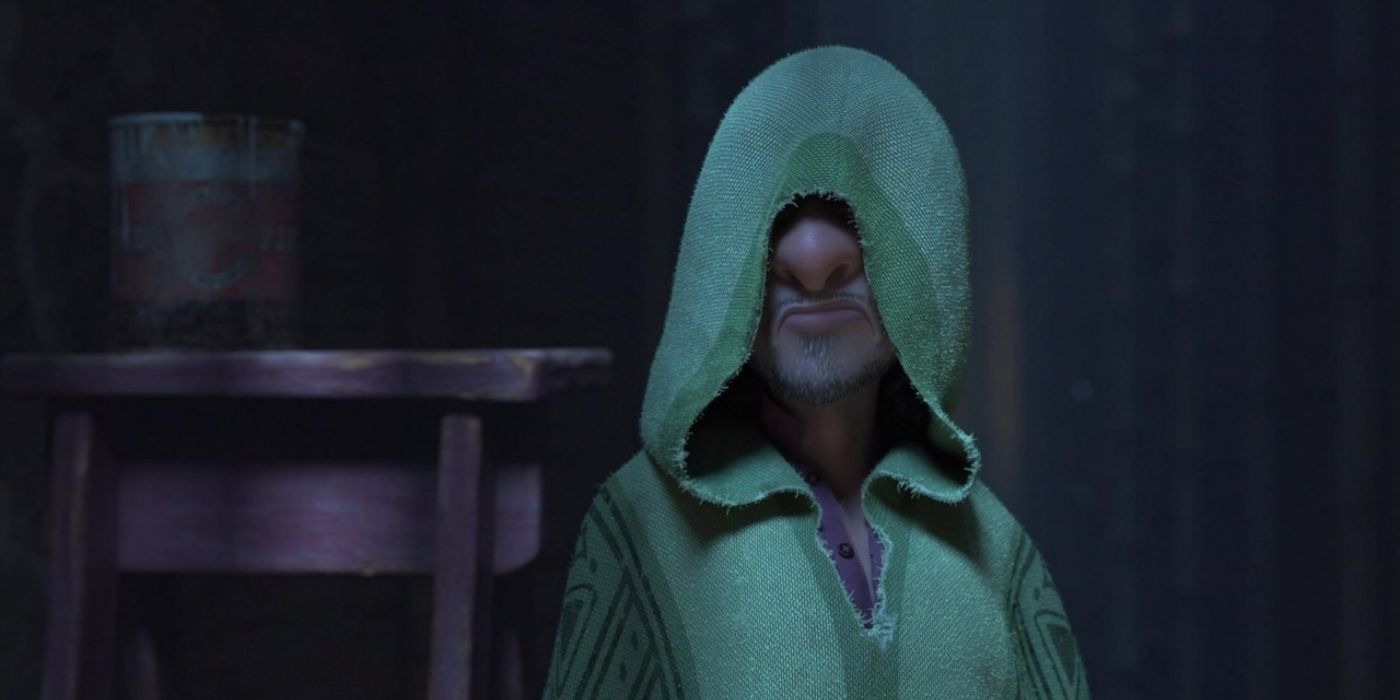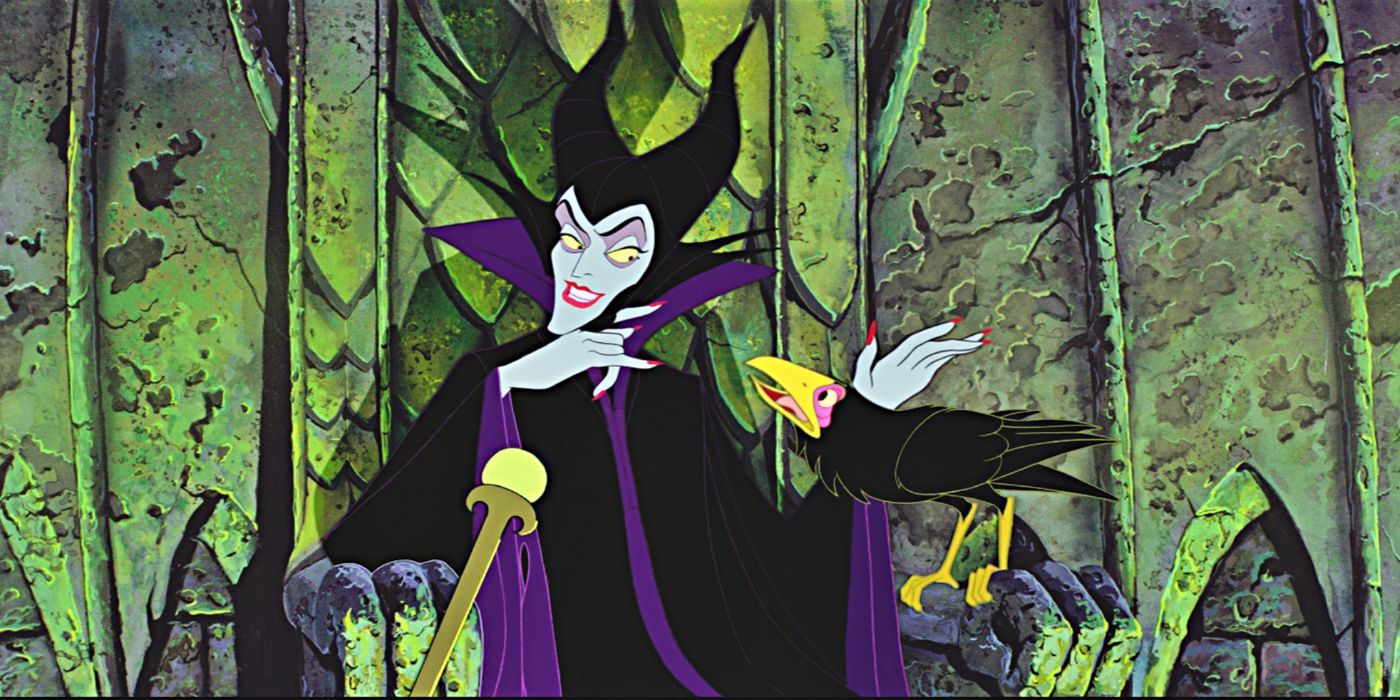Encanto and Turning Red are both great recent examples of narratives in which generational trauma is the major storyline. While many movies do this, there is often a villainous figurehead: a representation of trauma or abuse that can be extinguished by the time the credits roll. Once in a while, however, one encounters movies such as Encanto, which take a decidedly different approach.
Unlike other movies of its type, Encanto doesn’t attempt to shoulder its trauma onto the shoulders of a villain or an element that can be easily destroyed. Rather, there isn’t truly a typical “bad guy” in the narrative. Though there are certainly antagonists, a mustache-twirling evil villain does not appear. It’s because of this that these narratives are excellent case studies on how to make a story with conflict and antagonists but without villains.
Villains Are Teased In Both Encanto And Turning Red
In Encanto, though there is no villain proper, the film certainly teases one. The implication at the beginning of the movie is that Bruno will be a villain, as evidenced by Disney’s villainous lime green color scheme. However, as the story goes on, it’s revealed that he isn’t a villain. In fact, he isn’t even a bad guy. He’s just a person who realized that he could hurt his family and thus, left them, which went against his family’s values. Even Isabela, whom Mirabel personally seems to view as a villain, is more an antagonist than a true villain. In Turning Red, there is some indication that the panda or its history is going to be villainous, but that turns out to be untrue.
In keeping this redirect, Disney’s properties subvert the expectations of viewers. A villain seems necessary for the narrative, but the villain is nonexistent. The closest thing to a villain in Turning Red, Mei’s Kaiju-sized mother Ming, is not a true villain; she’s a person who doesn’t understand why her daughter has rejected her and has gone out of control because she never learned how to handle her emotions. Even then, Ming doesn’t want to harm anyone; she simply wants her daughter to abide by what she says, and that’s almost entirely due to generational trauma.
Antagonists vs. Villains In Disney Narratives
In looking at these narratives and considering others, Disney fans can come to more of an understanding as to the difference between a villain and an antagonist and how one can exist without necessarily needing the other. In Encanto, the main antagonist of the film is Abuela Alma. However, her intentions are good, and her motives are pure. She just fails to see that her actions are hurting her family. Likewise, Mei’s mother in Turning Red isn’t evil, nor is Mei’s grandmother. They are both women who failed to break the cycle of generational trauma, and they act against Mei’s wishes as the protagonist. But at the end of the day, they aren’t villains; they’re antagonists.
Technically speaking, an antagonist simply goes against the protagonist. Whether or not they’re also a villain is all a matter of perspective. In Joker, for example, Arther Fleck is the protagonist, but he is hardly a good guy. There are many antagonists, but they aren’t necessarily striving to hurt Arthur. The only villain in the movie, the only one who wants to inflict pain and suffering, is Arthur himself.
All in all, the concepts presented in Disney’s newest hits make for interesting narratives in part because they don’t boil down the narrative’s problems to one single evil character. Rather, the characters are all simply in conflict because of their beliefs. For that reason, Encanto and Turning Red are brilliant examples of how to build a narrative without a villain but with a plain antagonist.
Read Next
About The Author



